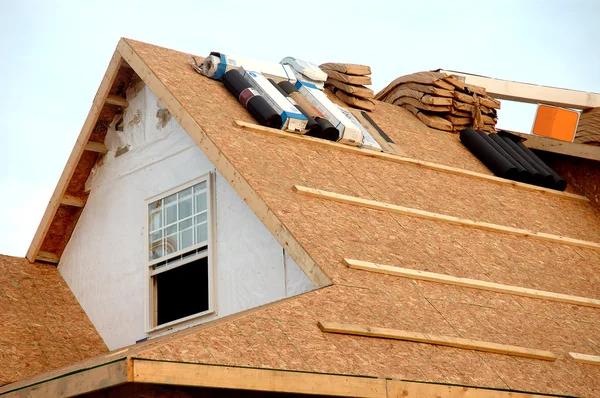Transformer fire blast walls are a critical component in safeguarding both people and property from the potential hazards associated with transformer operations. Their primary function is to contain and direct any fires or explosions that may occur within a transformer, thus preventing damage to nearby structures or injury to personnel.
The construction of these walls must adhere to stringent regulatory guidelines set forth by authorities such as the National Fire Protection Association (NFPA) in the United States, Canadian Standards Association (CSA) in Canada, and other similar bodies worldwide. These standards ensure that all aspects of wall construction — from material selection to design considerations — meet specific criteria for safety and effectiveness.
One key guideline stipulates that the materials used in constructing transformer fire blast wall walls must be non-combustible. This includes concrete, steel, brick, or other materials capable of withstanding high temperatures without igniting or degrading. The thickness of these materials should also be sufficient enough to withstand the force generated by a transformer explosion.
Moreover, the height and width of these walls should be designed considering not only the size of the transformer but also its proximity to other structures and equipment. In essence, they should be tall enough and wide enough to effectively contain any fires or blasts within their confines.
Another crucial aspect pertains to doorways or openings within these walls. They should either be avoided entirely or equipped with automatic closing devices triggered by heat sensors. This prevents flames from escaping through these openings during an incident.
The location of transformers is another important consideration when constructing fire blast walls. Transformers should ideally be placed at safe distances from buildings or other vital infrastructure components susceptible to damage during a fire event.
Furthermore, routine inspections are required as part of ongoing maintenance procedures for these protective barriers. Any signs of degradation – such as cracks in concrete surfaces – need immediate attention since they could compromise the wall’s ability to withstand high-impact events like blasts.
Finally yet importantly, it’s essential for organizations operating transformers to have emergency response plans in place. These should include measures for evacuating personnel, coordinating with local fire departments, and mitigating environmental impacts if a transformer fire or explosion does occur.
In conclusion, the construction of transformer fire blast walls is governed by various regulatory guidelines aimed at ensuring safety and reducing potential damages. Adherence to these standards not only helps prevent catastrophic events but also demonstrates an organization’s commitment to safeguarding its employees, assets, and the environment.




